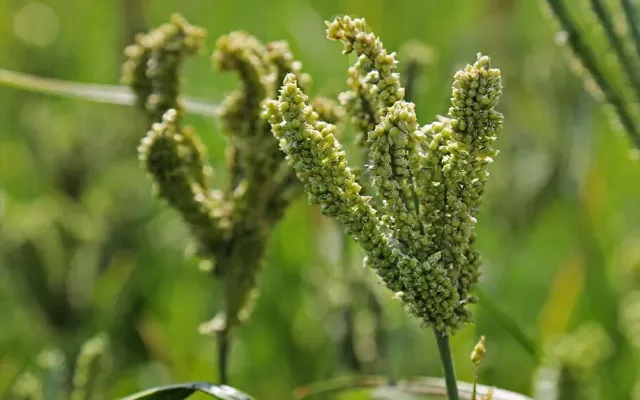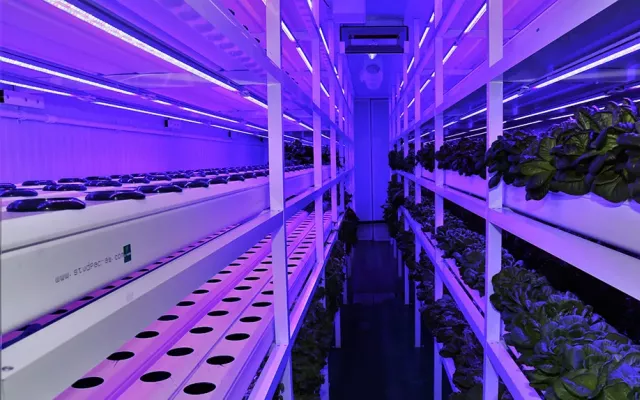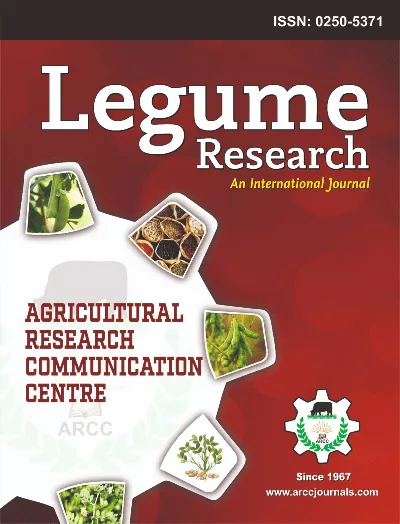Genetic Diversity Studies and Fusarium Wilt Screening in Chickpea (Cicer arietinum L.) Germplasm
Background: The genetic base of chickpea has narrowed substantially during the domestication process (Thudi et al., 2016). Therefore, increasing the genetic divergence of chickpea has been a major goal for breeders. The assessment of genetic diversity of chickpea germplasm can provide a valuable information to the breeder for parental selection strategies in plant breeding programs.
Method: Two hundred and eighty chickpea germplasm including two checks (JG-11 and SA-1) were tested with an objective to explore the genetic divergence by using Mahalanobis D2 statistics. The field experiment was carried out during Rabi 2021-22 at Zonal Agricultural Research Station (ZARS), Kalaburagi. The magnitude of genetic divergence was studied using data obtained from five quantitative traits.
Results: The 280 genotypes including checks were divided into seventeen clusters based on their D2 values. Out of seventeen clusters, cluster II (89 genotypes) was the largest followed by cluster I (83 genotypes), cluster III (31 genotypes), cluster VIII (29 genotypes), cluster VII (24 genotypes), cluster VII (15 genotypes). Same set of germplasm were also screened for fusarium wilt in wilt sick plot, 30 germplasm lines showed resistant (10.71%), 83 moderately resistant (29.64%), 44 moderately susceptible (15.71%), 31 susceptible (11.07%) and 92 highly susceptible reaction to fusarium wilt. Clusters XIV and XVI had extreme genetic distance and the germplasm lines in these cluster also showed moderate resistance to fusarium wilt.
Year
2023
Publication Source
Legume Research
Publication type
Scientific Paper










